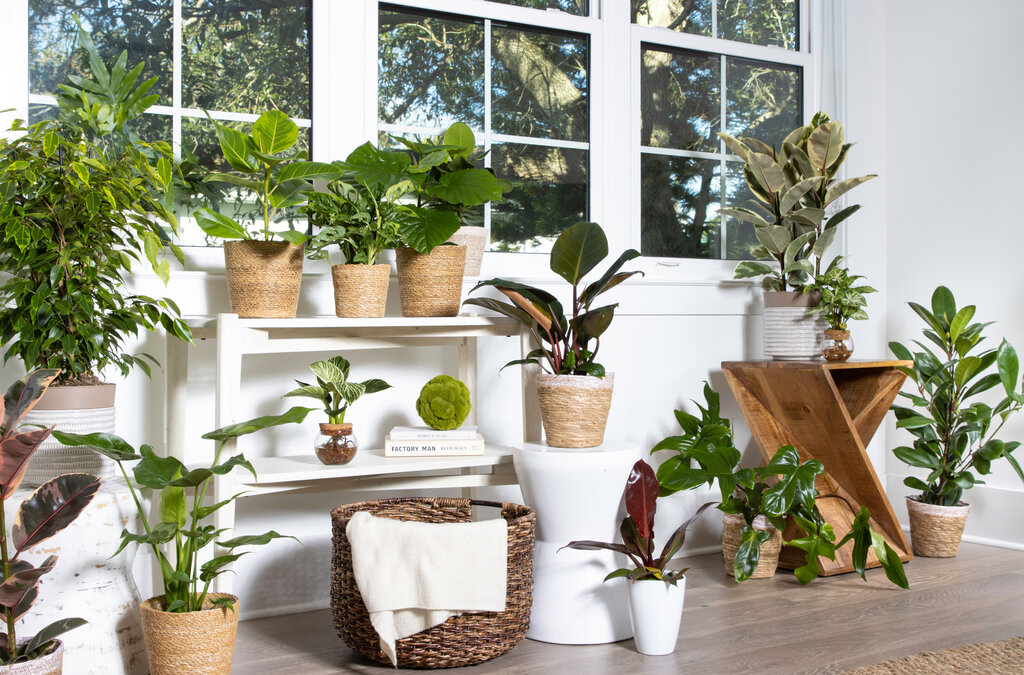Blog, Garden Blog, Garden Tips
Bringing the Outdoors In: A Handy Guide from Hampton Nursery for Your Houseplants
As the seasons change and summer’s warmth gives way to autumn’s crispness, it’s time to welcome your outdoor houseplants back inside. The transition might seem like a challenge, but with this helpful guide from us, your plant-loving friends at Hampton Nursery, it can be a breeze.
First things first, thoroughly inspect your plants for any pests or diseases they may have acquired during their outdoor adventures. This step is vital to ensure that you don’t accidentally introduce these outdoor problems to your indoor plant family.
Following the inspection, give your plants a gentle cleaning to remove dust and any lingering bugs. If pests seem to be sticking around, a treatment with a mild insecticidal soap may be in order.
Thinking about repotting? Now might be the right time! Check if your plants have outgrown their pots or if the soil needs replenishing with fresh nutrients.
Now, let’s dive into the tropical favorites that do wonderfully indoors and discuss where they’ll feel most at home in your house.
- Crotons: These colorful beauties are sure to brighten up any room. For optimal growth, place them near an east or west-facing window, where they’ll receive bright, indirect light.
- Palms: Varieties like Areca, Parlor, and Kentia Palms love bright, indirect light. North or west-facing windows are usually perfect for them.
- Boston Ferns: Want to add a lush, tropical vibe? Boston Ferns with their lovely fronds are your go-to! They prefer cool spots with high humidity and indirect light, making bathrooms an excellent location.
- Bougainvillea: If you’re up for a challenge, Bougainvillea can be an exciting indoor addition. These climbers require at least 5 hours of direct sunlight daily, so a sunny south-facing window is ideal.
- Hibiscus: Place your Hibiscus near a south-facing window to soak up bright, indirect light, and watch them flourish. Keep the soil moist, but not soggy, for best results.
- Mandevilla: These trumpet-shaped bloomers need plenty of sunlight. A well-lit spot near a south or west-facing window is perfect. Don’t forget; they are climbing plants, so be sure to provide a trellis or support.
Remember, your plants may feel the shock of moving from the great outdoors to the indoors, so transition them gradually. Bring them inside during the cooler nights for a week or two before making the full-time switch.
Lastly, be mindful of your watering and feeding routine. Indoor plants generally grow more slowly and need less water, so it’s important not to overdo it.
With a little preparation and attention to detail, you can enjoy a lush indoor garden filled with the vibrancy and life of summer all year round. We’re here to help you every step of the way!
Till our next green get-together,
The Hampton Nursery Team.

